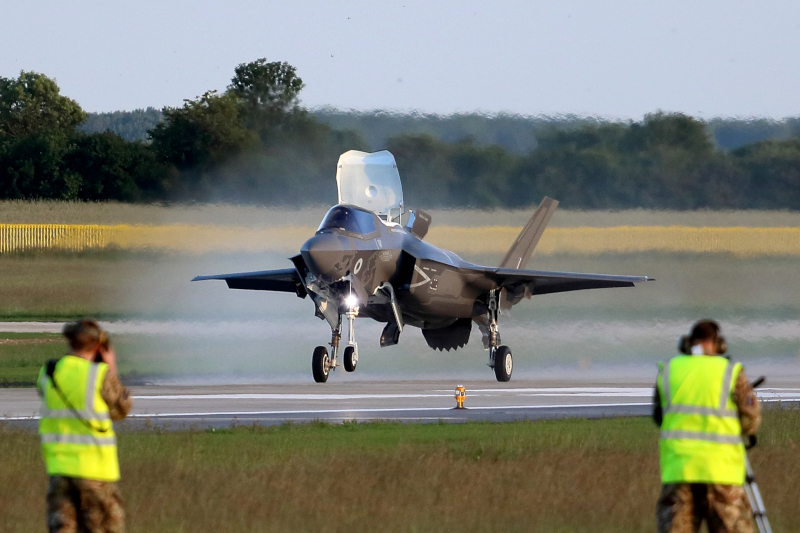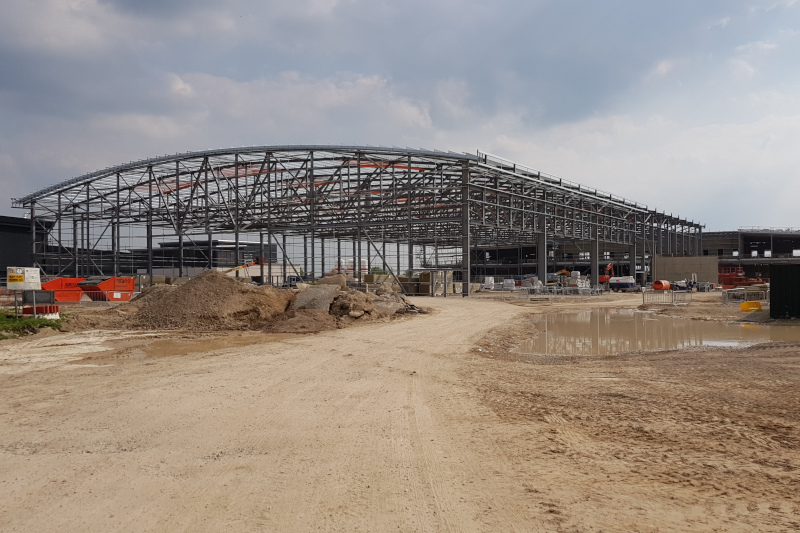RAF Marham Works Package E
Design Management
Project summary
Project Anvil Works Package E was the largest construction project undertaken at RAF Marham to enable introduction of the F-35 Lightning. A design and build project valued at over £120m it encompassed airfield rehabilitation and redevelopment as well as the construction of a hangar, office accommodation, aircraft shelters and an aircrew conditioning facility. Undertaken by a single contracting entity, the design required unprecedented coordination between architects, civil and structural engineers, building services, aeronautical ground lighting specialists and pavement engineers, with multiple interfaces across the airfield.
Scope of services
The management of the design required the establishment of an effective communications strategy, both internally within the contractor and its airfield and buildings site teams, and externally between the five design companies and their subconsultants. The structure and philosophy of the team was modelled on the ‘Working Together’ management practices employed at aircraft manufacturer Boeing in the 1990s and car manufacturer Ford in the 2000s. Central to this are a number of core principles which include having a clear organisational structure, a vision for the success of the team, a clearly defined plan and an ability to listen and communicate with the entire organisation.


Given the disparate nature of the various teams spread across Manchester, Leeds, Birmingham and Barcelona, the primary focus of the design management’s leadership was directed toward relentless implementation of the team’s strategy and processes. This approach allowed technical specialists to report and contribute to a defined information chain where challenges could be identified and solved through collaboration amongst the many disciplines. It also allowed the management’s leadership to take a broad overview of progress and identify challenges before they became issues, which primarily occurred at interfaces between design disciplines and the various site teams.
Benefit
Design is at the forefront of any project. It can also be the source of production delays where incomplete design deliverables can lead to out of sequence production or substantial rework. The successful on-time completion of the project was testament to a well-coordinated design. Many challenges and problems were identified and solved at an early stage by the established management principles as well as the transparency amongst the team. The success is proof that the concept of a centrally managed multi-disciplinary design team located across multiple offices is achievable providing well-structured systems are in place.
Summary of key points
- Successful coordination of six different design disciplines across five offices
- On-time and fully coordinated design
- Strong relationships built with key civil and military stakeholders